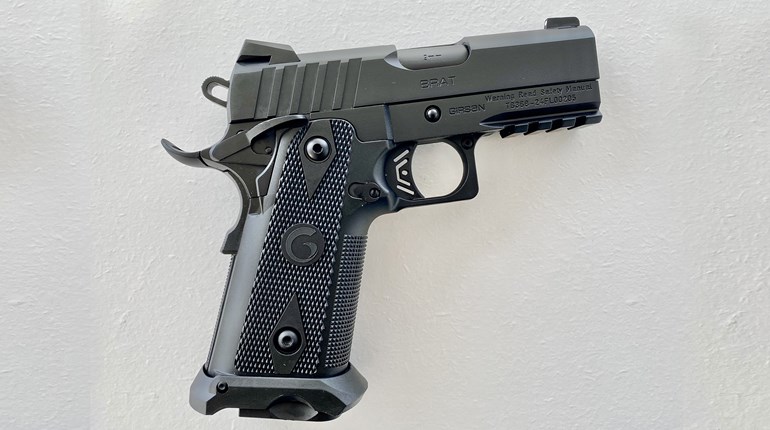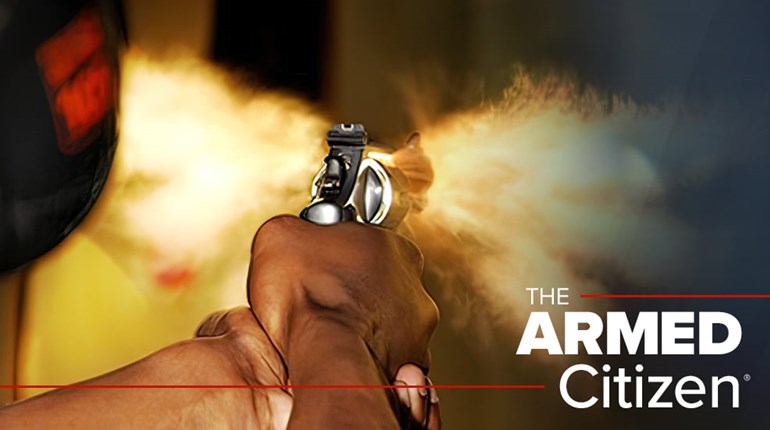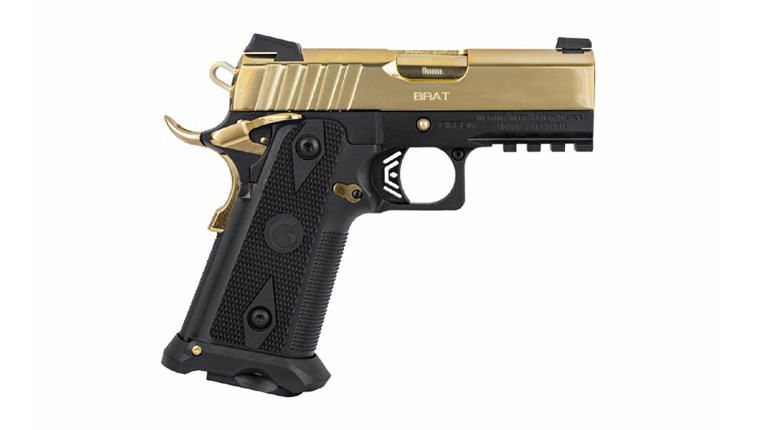
With the constant calls from anti-Second Amendment groups and politicians to make background checks mandatory for firearm purchases at gun shows, you’d think gun shows and private sales between individuals were a major source of the firearms used by violent criminals.
After all, anti-gunners always claim that their various “universal-background-check” schemes are for public safety and will prevent dangerous people from getting guns.
In truth, bad guys don’t use gun shows, gun stores, and legal sales between individuals to get their guns. Those making claims to the contrary should read the many reports related to this issue produced by the Bureau of Justice Statistics (BJS), the federal agency under the U.S. Department of Justice which collects, publishes, and disseminates statistical data on crime, criminal offenders, and victims of crime at the state and federal levels.
In January 2019, for example, the BJS released its report, “Source and Use of Firearms Involved in Crimes: Survey of Prison Inmates, 2016.”
To produce the report, BJS staff surveyed tens of thousands of prisoners at 306 state prisons and 58 federal prisons. From this data, BJS staff then extrapolated to the much larger prison population which had used firearms in the commission of crimes.
So, if they didn’t go shopping at their local gun shop or gun show, how did these criminals acquire their firearms? According to the BJS report:
- 56 percent of the prisoners surveyed admitted they stole the firearms they used in their crimes.
- 43 percent bought their firearms “off the street or from the underground market.”
- 3 percent obtained a gun from a retail source.
Under BJS definition, a “retail source” is defined as, “a gun shop or store, pawn shop, flea market, or gun show.”
So much for universal background checks keeping guns out of the hands of dangerous people unless anti-gunners can find a way to mandate background checks on illegal street sales of stolen guns.
Speaking of stealing, firearm theft is a very real issue, and the afore-mentioned BJS report helps explain why it is so common. Very clearly, some criminals steal guns for their own use, while others do so to illegally sell the guns to other criminals. Given the numbers, there is obviously a strong market for illegally gotten and illegally transferred guns.
This reality is borne out in another BJS report that found some 1.4 million firearms were stolen during household burglaries and other property crimes over the six-year period from 2005 through 2010. During this same time, household property crimes where only firearms were stolen resulted in a total loss of about $27 million annually to the rightful firearm owners. The average financial loss when only one gun was stolen was between $400 and $500 per incident.
Federal Firearms License (FFL) holders, most of them retail establishments, are targets of criminals, too. According to the Bureau of Alcohol, Tobacco and Firearms most recent annual loss and theft report, FFL’s across the country reported over 7,000 firearms stolen in 2018 alone.
Given these facts, maybe anti-gun groups could push for harsher sentences for criminals in the “business” of stealing and illegally selling firearms?
When you consider the criminal nature of how these people get their firearms, it’s painfully obvious that background checks between private parties and gun shows won’t make a dent in the large pool of stolen and illegally sold firearms.


































